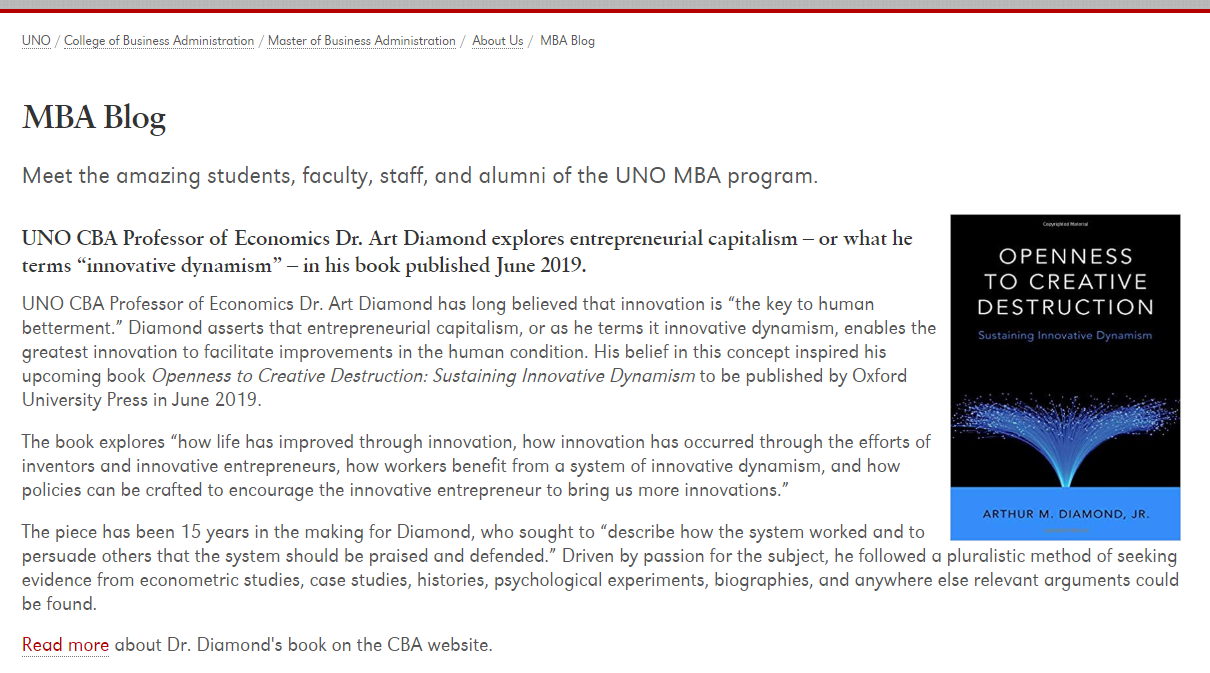(p. A17) Starting a business is tough enough. Why would any sane person choose to start a business in a dying industry?
One answer to that question can be found in “That Will Never Work: The Birth of Netflix and the Amazing Life of an Idea,” a charming first-person account of the early days of one of the most successful tech startups ever.
. . .
Most of Netflix’s early business came from sales of DVDs, not rentals. The struggling company even considered selling to Amazon in 1998, but passed on the offer.
In desperation, Netflix tested monthly subscriptions. To its surprise, customers eagerly forked over their credit-card details. The little company turned on a dime, dropping sales and one-off rentals almost immediately. “If you had asked me on launch day to describe what Netflix would eventually look like, I never would have come up with a monthly subscription service,” Mr. Randolph claims. Netflix’s innovation with a subscription model would point many other internet-based companies to a reliable source of revenue.
Another unplanned leap soon followed: a predictive algorithm that offered to each user individualized recommendations based on reviews by customers with similar preferences. This feature helped hook customers, but it had a less obvious benefit for Netflix: By directing the user to a less popular film that happened to be in Netflix’s inventory, it allowed the company to buy fewer of the most popular DVDs. Yet profits were elusive. Video-store giant Blockbuster, unconvinced about the online business model, turned down a chance to buy the company in 2000, and the dot-com meltdown short-circuited a public offering. In September 2001, Netflix had its first layoffs, cutting costs and steadying the ship.
Mr. Randolph himself left in 2003, not long after Netflix finally went public. By then, he says, he had figured out that he loved starting companies, not running them. “I missed the late nights and early mornings, the lawn chairs and card tables. I missed the feeling of all hands on deck, and the expectation that every day you’d be working on a problem that wasn’t strictly tied to your job description,” he writes. The chaos of a startup enthralls him. A company with hundreds of employees and the demands of quarterly reports to investors is not his thing.
For the full review, see:
Marc Levinson. “BOOKSHELF; Streaming Ahead.” The Wall Street Journal (Monday, Sept. 23, 2019): A17.
(Note: ellipsis added.)
(Note: the online version of the review has the date Sept. 22, 2019, and has the title “BOOKSHELF; ‘That Will Never Work’ Review: Streaming Ahead.”)
The book under review is:
Randolph, Marc. That Will Never Work: The Birth of Netflix and the Amazing Life of an Idea. New York: Little, Brown and Company, 2019.


